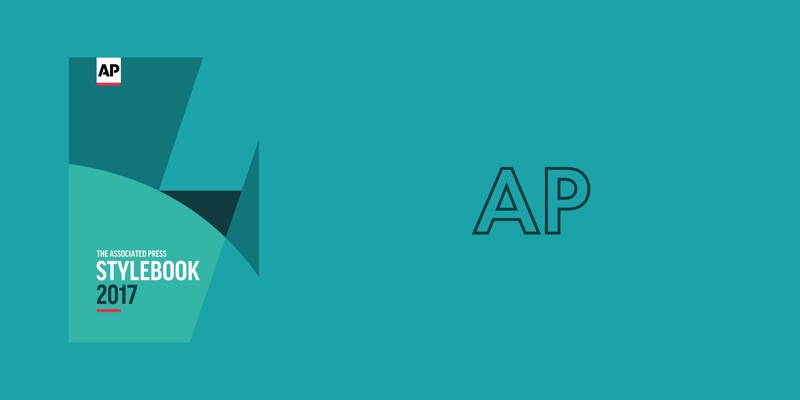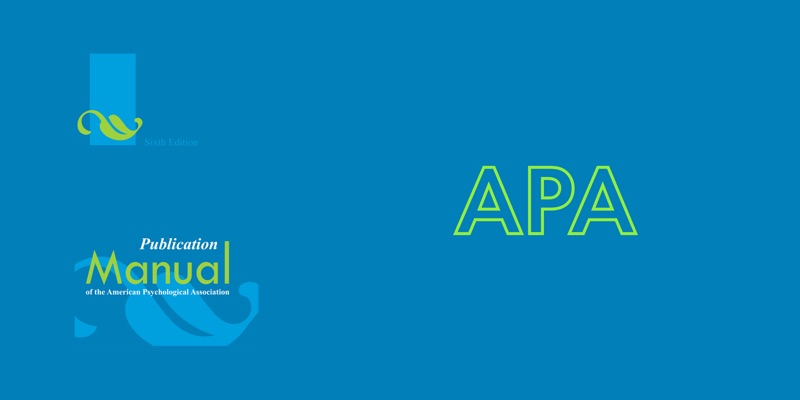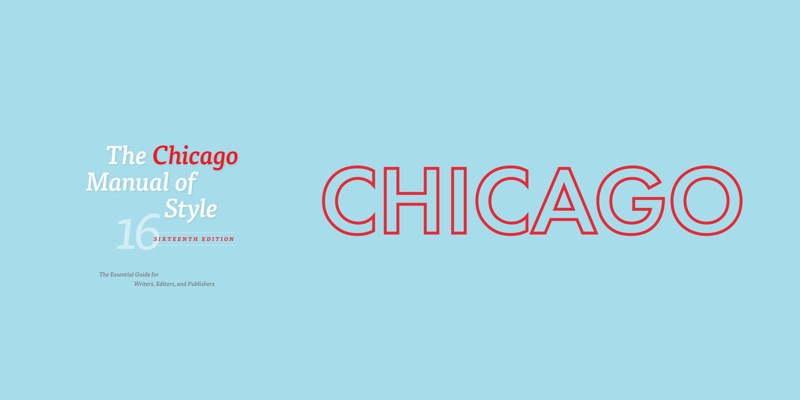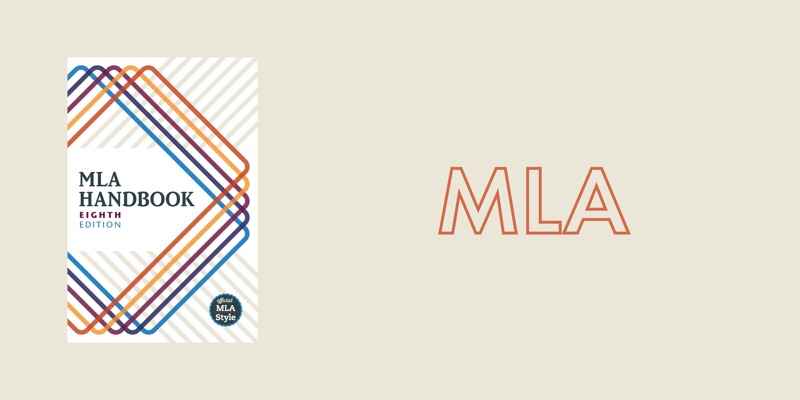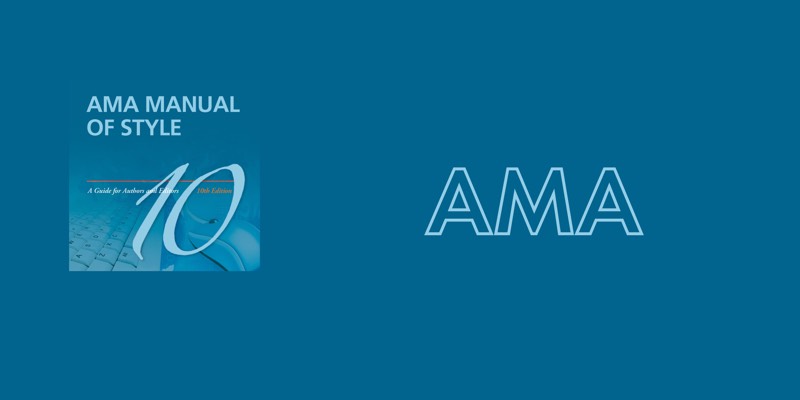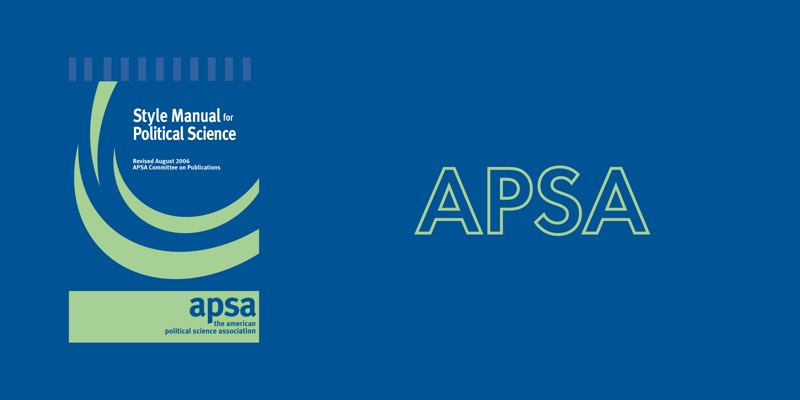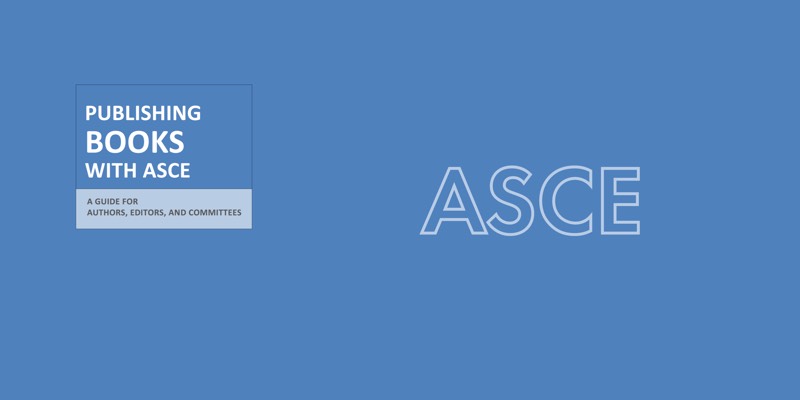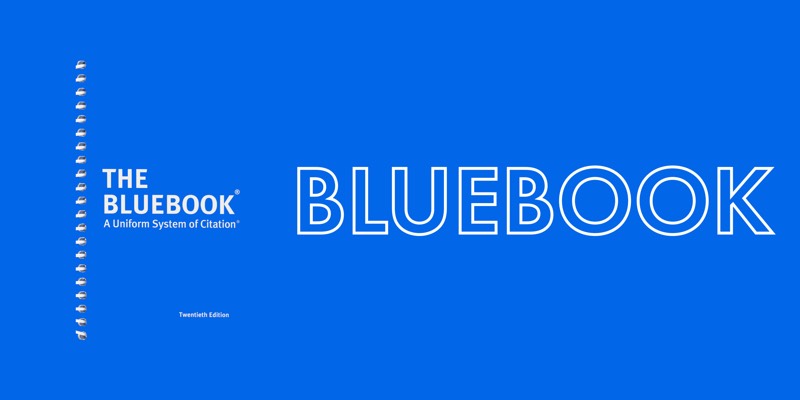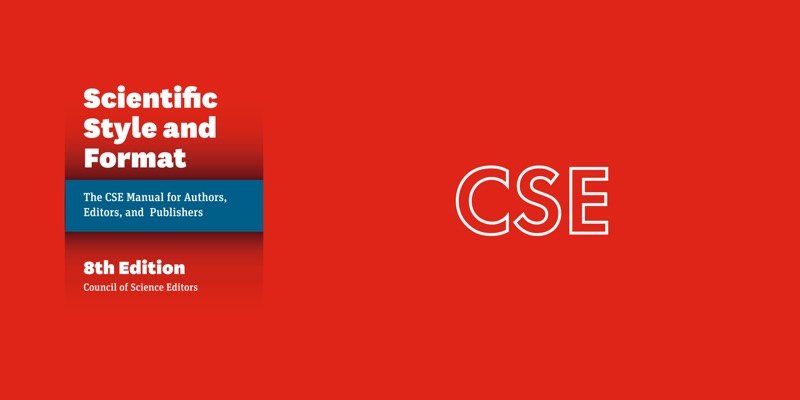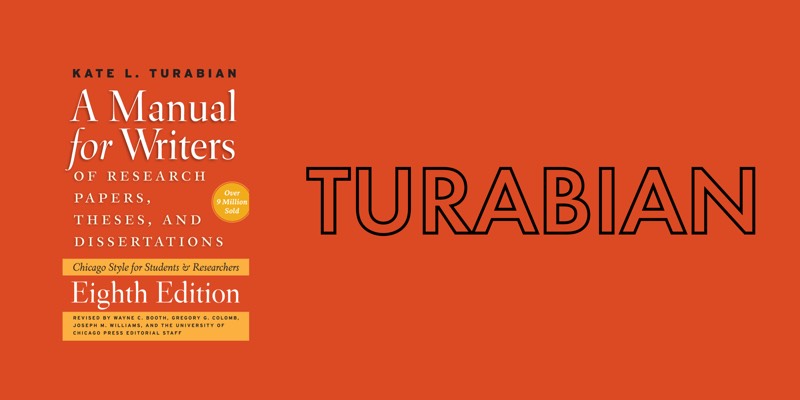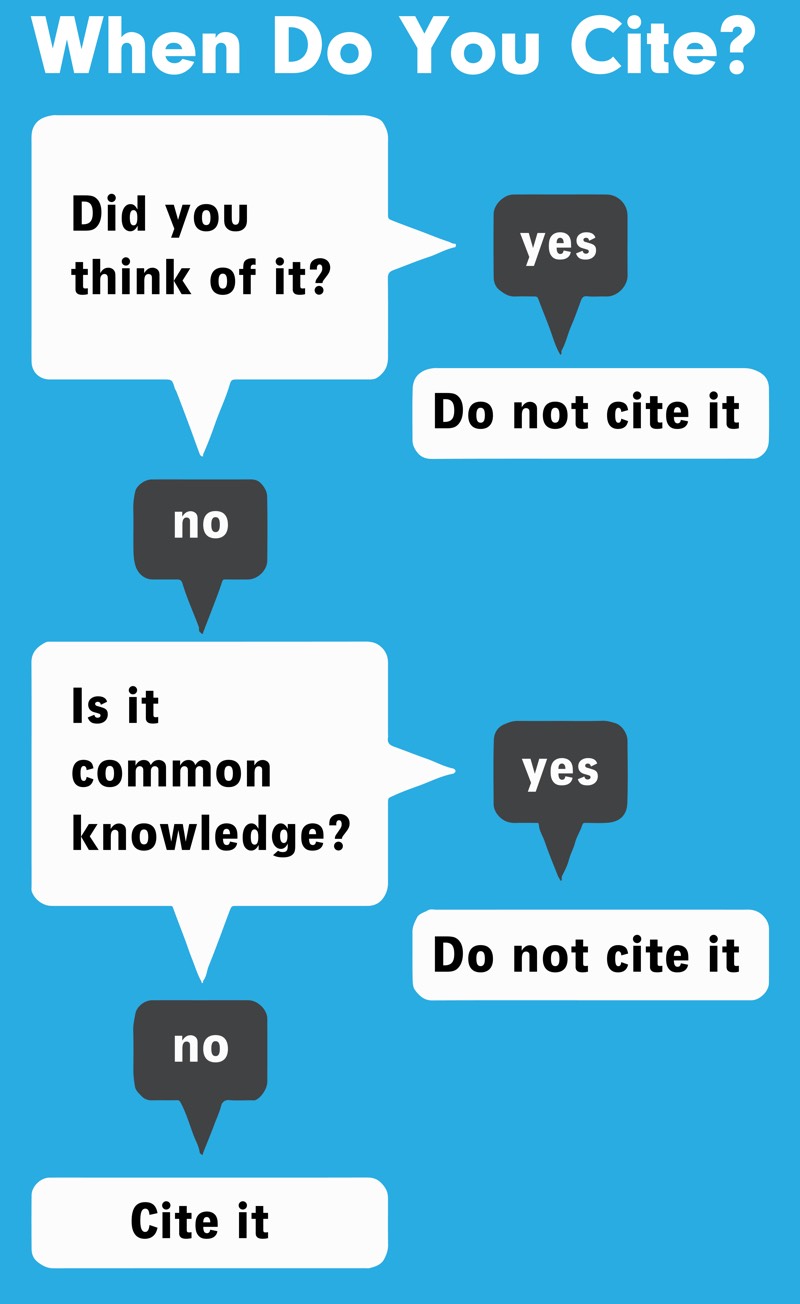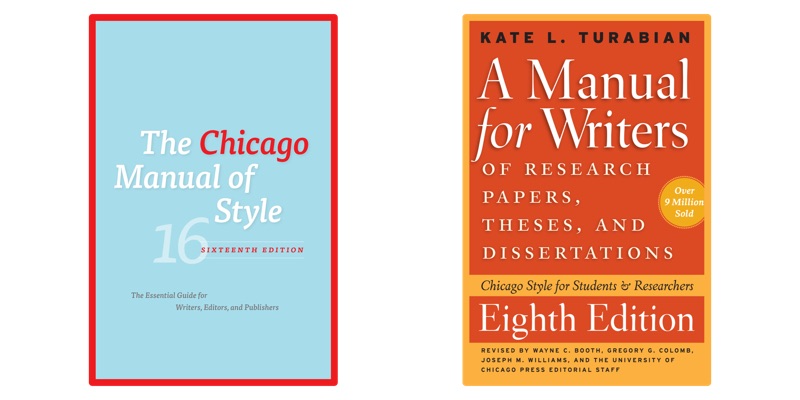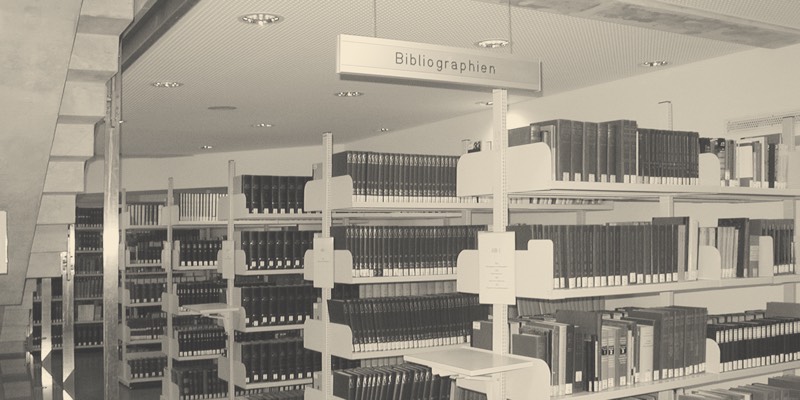In it's most recent Academic Integrity Policy, DePaul University defines plagiarism as
Any use of words, ideas, or other work products attributed to an identifiable source, without attributing the work to the source from which it was obtained, in a situation where there is a legitimate expectation of original authorship.

You can avoid plagiarism by citing your sources appropriately whenever you quote, paraphrase, summarize, or otherwise use others' ideas or words. Use the appropriate style guide for detailed instructions on how and when to cite.
If you are not sure what constitutes plagiarism, check out DePaul's Academic Integrity Policy, schedule an appointment at the Writing Center, or, if you are a student, ask your professor.
